How to change your diet to create lasting change (video)
Ali Segersten Sep 24, 2023 6 comments
The process of dietary change is often a winding road—full of forward movement mixed with setbacks into old habits. This contrast is part of the transformation. Over time, you begin to crave feeling good more than you crave the foods that once made you feel unwell.
Food is powerful medicine.
Everything you eat shifts the biochemistry of your body. Whole, nutrient-dense foods—especially plant foods—nourish beneficial gut bacteria, reduce inflammation, and support a strong gut lining. This leads to better digestion, more energy, less anxiety, improved moods, and clearer thinking. Certain plant nutrients even turn on genes that activate anti-inflammatory and healing pathways throughout your body.
Whole foods—meats, fish, legumes, nuts, seeds, vegetables, fruits, whole grains, and healthy fats—contain all the vitamins and minerals needed to run every biochemical process in your body. If you are deficient in key nutrients, there will be downstream consequences—including disease.
Rewiring Takes Time. Give Yourself the Compassion and the Time to Slowly Change Your Diet.
This is a journey, not a race. True, lasting change doesn’t happen overnight. There is a physical, emotional, and neurological process happening as you shift what you eat and how you nourish yourself.
If you’re just beginning, focus on cooking as many whole food–based meals as possible. A Clean Eating Diet or Mediterranean-style way of eating is a powerful place to start. These are not restrictive diets, but rather expansive ones—built around real, unprocessed foods.
Learning how to prepare whole grains, legumes, vegetables, fish, meats, and natural sweeteners will set you up for success in any future dietary approach. Simply cooking most of your meals from scratch will give you a strong foundation of health, improved resilience, and a better quality of life.
✨ Want support? You can become a Nourishing Meals® member and gain access to meal plans, grocery lists, and hundreds of nourishing recipes your whole family will enjoy.
Try an Elimination Diet to Discover Food Triggers
Once you feel confident preparing a wide variety of whole foods, this may be the time to explore an Elimination Diet or Detoxification Diet or Anti-Inflammatory Diet. These offer contrast—the kind that shows you just how good you can feel when inflammatory foods are removed.
If you are living with an autoimmune condition, chronic pain, fatigue, headaches, reflux, eczema, psoriasis, or food sensitivities, then an elimination diet is often a necessary step toward healing and transformation.
There are different types to choose from depending on your life stage and symptoms:
- Basic Elimination Diet: Ideal for children, pregnancy, or nursing.
- Full Elimination Diet: A deeper dive to uncover triggers.
- Six Food Elimination Diet: Designed for eosinophilic esophagitis.
- Autoimmune Protocol (AIP): For more serious autoimmune challenges.
These diets are not meant to last forever. They are tools for discovery. Sometimes, food triggers need to be avoided long-term. Other times, once the body heals, those foods can be reintroduced without issue—but that process may take years. Be patient.
Know When to Push Past Your Limitations and Blocks!
Another key part of rewiring is recognizing when you're blocking your own transformation.
When you don’t feel well, you may find yourself craving foods that reflect that state—junk food, fast food, sugar, alcohol, or foods your body may be sensitive to. These choices can keep you stuck in cycles of inflammation, fatigue, and emotional fog.
This is the time to dig deep and say yes to yourself. Use your will not to restrict—but to uplift. Remind yourself that you are worth the extra effort. Lean into your meal planning. Elevate your cooking. Feeling good is the priority.
The other side of your comfort zone—or comfort foods—is where real change happens.
Setbacks Are Part of the Process—Let Them Teach You
Something I’ve seen over and over again with clients—and experienced myself—is what happens a few months into dietary change: you start feeling great and think, “Maybe I can have just a little gluten, sugar, or processed food again.”
And sometimes, you can. But often, that return to old habits shows you how much better your body feels without them. That clarity is a gift. It helps solidify the new neural pathways you’re creating—pathways that lead to vibrant health.
Over time, you’ll notice longer stretches of feeling well, and shorter, less frequent regressions. This is progress. Your body, gut, brain, and mind are learning a new way of being.
Keep going. Keep envisioning yourself as healthy, whole, and thriving.
Your body will follow your mind.
5 Steps to Create Lasting Dietary Change:
- Let go of processed foods and begin a whole foods diet: Cook most of your meals at home from real, unprocessed ingredients. This creates the strongest foundation for long-term wellness.
- Support digestion: Use digestive enzymes, practice deep breathing before meals, light candles at dinner, and incorporate plant-based bitters like radishes and ginger. Poor digestive function can lead to bacterial overgrowth, inflammation, leaky gut, food sensitivities, and more.
- Use the right elimination diet for your needs: Choose based on your life stage, condition, and goals. Remember, these are temporary diets meant to uncover food triggers—not permanent ways of eating.
- Aim for dietary diversity: Once you identify your food triggers, focus on consuming the widest variety of whole foods possible. This diversity feeds your gut microbiome, improves nutrient absorption, supports mood, and strengthens your gut lining.
- Personalize your nutrition: There is no one-size-fits-all diet. Functional medicine is about you. Discover what gives you the most energy, mental clarity, and resilience.
My Personal Journey with Dietary Change
I didn’t get here overnight.
I began experimenting with vegetarianism at 13, and by my early 20s, I was exploring detox and elimination diets. I cut many foods out of my diet, focused on gut healing, and later reintroduced gluten—only to remove it again years later.
Today, I know I feel best eating a whole foods diet that’s 100% free of corn, cane sugar, and gluten. I thrive when I eat enough vegetables and protein during the day, complex carbohydrates at night, take daily magnesium, and go to bed early.
But even now, my needs evolve. The path of dietary change is never static. It's always in motion, reflecting our life stage, stress level, and soul growth.
During stressful times, we all tend to fall back on what we know. That’s why it’s so important to develop a personal collection of nourishing, go-to meals that feel easy, comforting, and aligned. They become your anchor.
Let This Be Your Turning Point
If you’d like more guidance on your journey, consider joining our Nourishing Meals® community. I created this membership portal to make dietary change easier—and more delicious.
After 20+ years in this field and a lifetime of personal experience, I’ve seen the same truth reflected over and over again...
There is a physical and emotional process of rewiring happening—one that teaches your body to crave what it was truly missing all along.
You don’t have to change everything at once. You just have to begin.
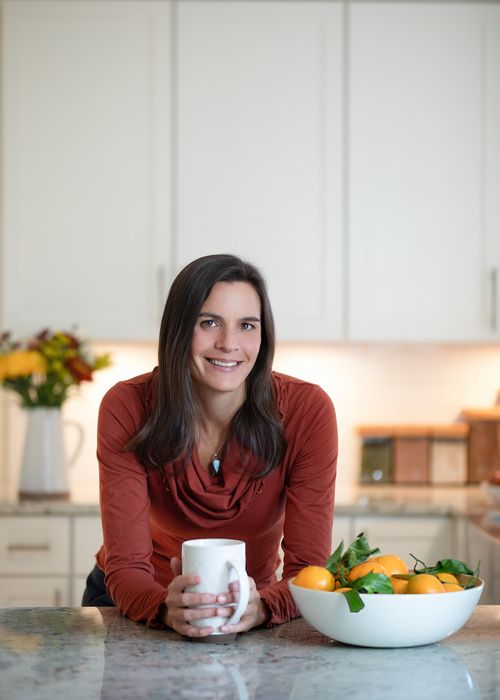
About the Author
Alissa Segersten, MS, CN
Alissa Segersten, MS, CN, is the founder of Nourishing Meals®, an online meal-planning membership with over 1,800 nourishing recipes and tools to support dietary change and better health. As a functional nutritionist, professional recipe developer, and author of The Whole Life Nutrition Cookbook, Nourishing Meals, and co-author of The Elimination Diet, she helps people overcome health challenges through food. A mother of five, Alissa understands the importance of creating nutrient-dense meals for the whole family. Rooted in science and deep nourishment, her work makes healthy eating accessible, empowering thousands to transform their well-being through food.Nourishing Meals Newsletter
Email updates.
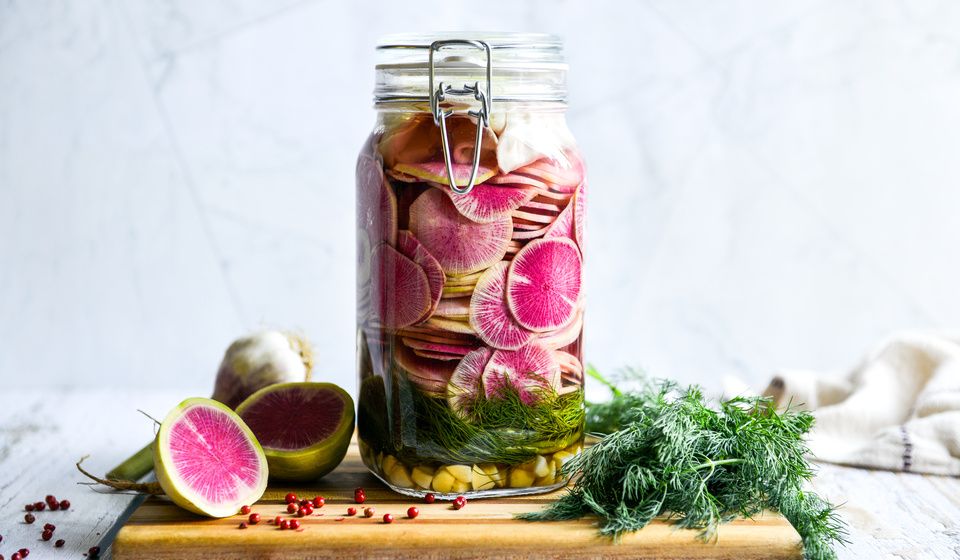
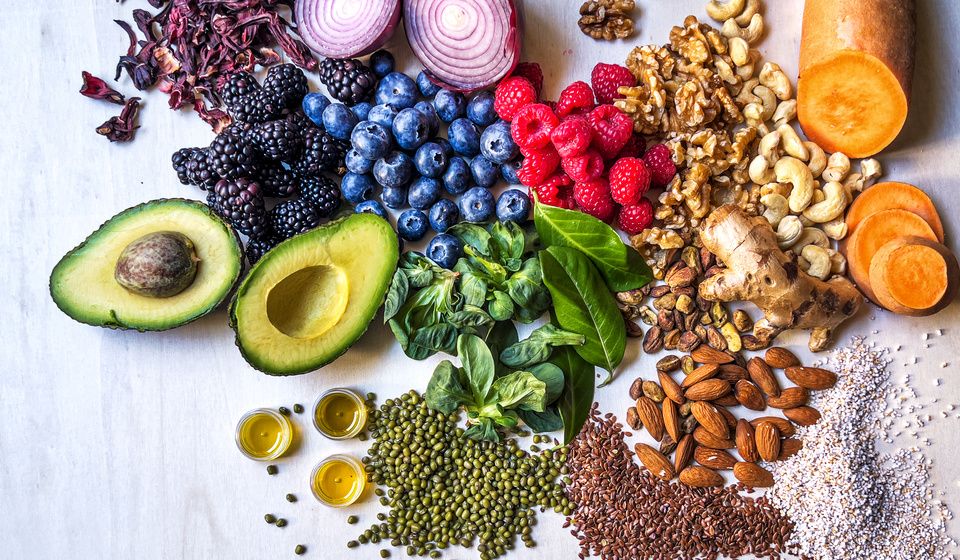
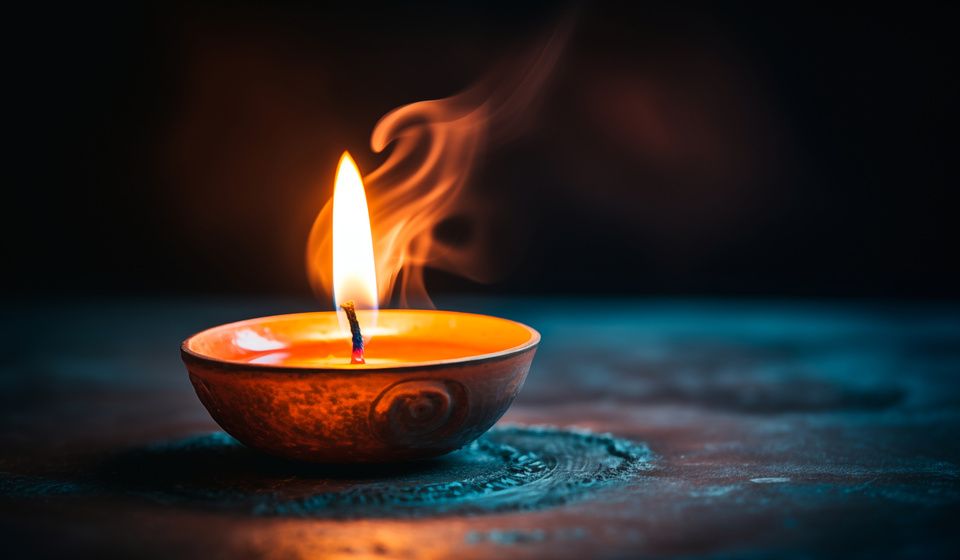

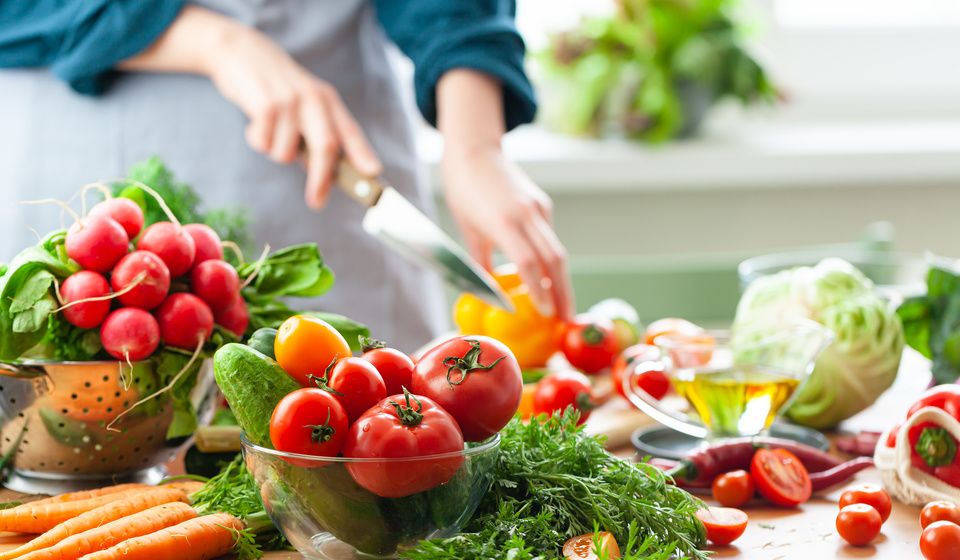

Add Comment
Comments
My daughter introduced me to…
My daughter introduced me to your website . I have been on a Paleo diet (without fruit) which my doctor recommended. He’s an ENT doctor. My chief complaint most recently has been a very sore throat that has not gone away for months. I have had issues with food my entire life. Diabetes runs in my family. I have not been diagnosed with this, but with Hashimoto’s. I look forward to learning more from your viewpoint. I am 71 years old, but consider myself young for my age. I look forward to learning more.
Thank you so much for this…
Thank you so much for this video, it was just what I needed to reboot. You've helped me change my health since 2018, but I don't love to cook so it's challenging to keep up. But because of the nourishing meals and the nourishing elimination diet you helped create, I've learned so much and have much better health. Rarely do I get sick. I needed this video to help me keep going and remember how good I felt when I eliminated the foods that don't serve me well. Thanks!
Oh my gosh. You hit the…
Oh my gosh. You hit the nail on the head with this video. I feel validated and encouraged. I first did the elimination diet in spring of 2022. Yet over the past few weeks, I rediscovered how bad chocolate is for me. It took 7-10 days for my digestive comfort to return. Thanks so much for your dedication. You are truly a kindred spirit to me!
Hi Jessica, thanks so much…
Hi Jessica, thanks so much for sharing. Mindfulness with how different foods affect us is an ongoing process, isn't it! :)
Thanks for the video and…
Thanks for the video and encouragement Ali! Change is a process and it is hard sometimes. I use your website daily and appreciate it so much. Your recipes are consistently amazing and delicious!
Hi Adrienne! Thanks for…
Hi Adrienne! Thanks for sharing. So glad you are enjoying the website and recipes. Happy cooking! :)